Honda’s chassis woes in GP have precedents
By Michael Esdaile
The trevails of Honda in the MotoGP world championship have echoes of previous challenging times in the premier class for the world’s biggest motorcycle manufacturer.
There was the 800cc MotoGP era (2007-2011) in which Honda only took the Manufacturers’ Championship in the fifth and final year, with Casey Stoner also winning the riders championship. But even in that lean (for Honda) period, the brand’s riders were still regularly winning races or at least standing on the podium.
Going back a little further, the early 1990s saw Honda riders struggling with the NSR500 V4 two-strokes, until Honda finally got the handling sorted, making the NSR500 Honda almost unbeatable until the end of the 500cc era. But even in those difficult times (1990 to 1993) Honda riders were still winning races, and Honda took the Manufacturers’ Championship in the midst of that (1992).
In contrast, in 2020 none of the five Honda riders in the premier class won a race. The best individual results that year came (surprisingly) from class rookie Alex Marquez with second place finishes at Le Mans and Aragon. Best Honda rider in the championship was Takaaki Nakagami, tenth with 116 points.
Then the prodigal son returned from injury, won three GPs in 2021, finished second in two others and ended the season the highest placed Honda rider on the final points table, seventh with 142 points.
But there were times the Honda men struggled to even get into the top 10.
Last year (2022) was worse. Marc Marquez was again the best placed Honda man on the final points table, 13th with 113 points. Again, there were many races in which Honda riders did not appear in the top 10, and Marquez himself only made the podium once with second place at Phillip Island.
This is a very challenging time for Honda Racing Corporation. The company is used to winning. It has bounced back before, but it has never been this far down the mine shaft in its history.
Outsourcing a chassis…
German frame maker Kalex Engineering has built a new chassis for HRC, which test rider Stefan Bradl recently tested at Jerez. Repsol Honda plan to test the Kalex chassis during the French GP race weekend as they have such limited testing time available to them under testing restrictions, thus they must use a competition weekend to test such a massive change.
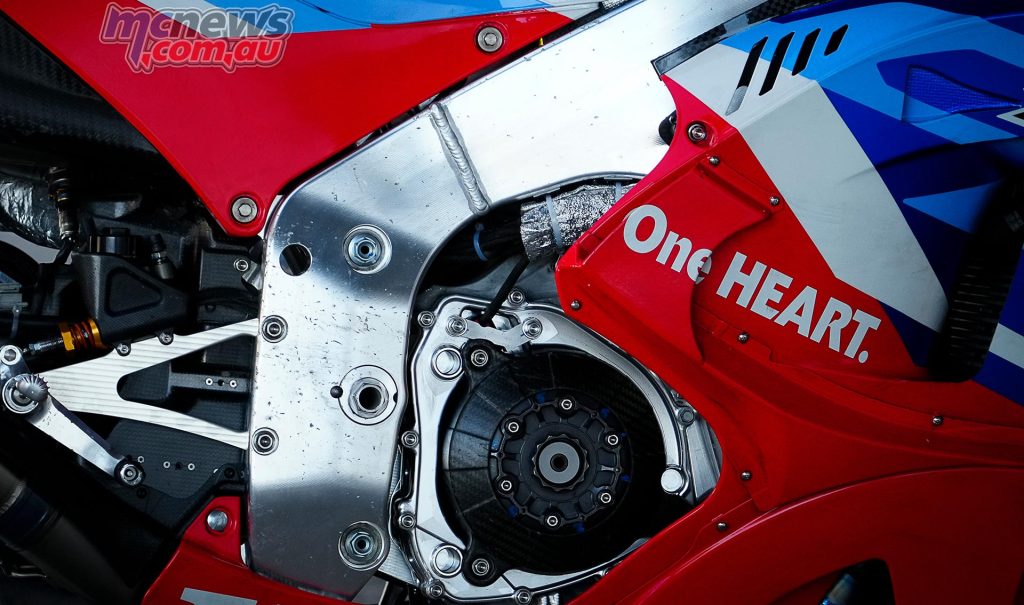
Again there is an echo from the past here. In 1967, Mike Hailwood, in his second year on the frightening RC181, commissioned Englishman Colin Lyster to build a new frame for the Honda, after Ken Sprayson had declined due to time pressure.
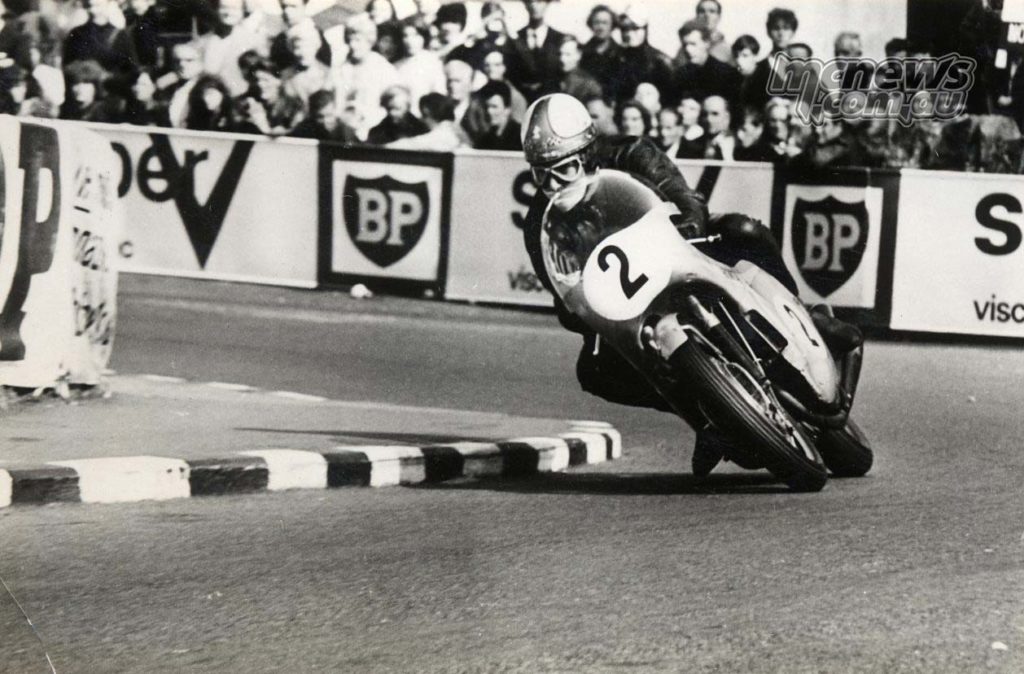
Lyster did the design work and had the frame made in Italy by Belletti, now a bicycle frame maker. In the 1960s, Belletti made frames for Puch, Aermacchi, Linto and Paton.
Hailwood’s Lyster-Belletti framed machine was known as the Hailwood Racing Special (HRS). Early in 1967, Hailwood raced the HRS at Rimini (today’s Misano) and Brands Hatch. He won both. But Honda forbade him to ride it in World Championship events.
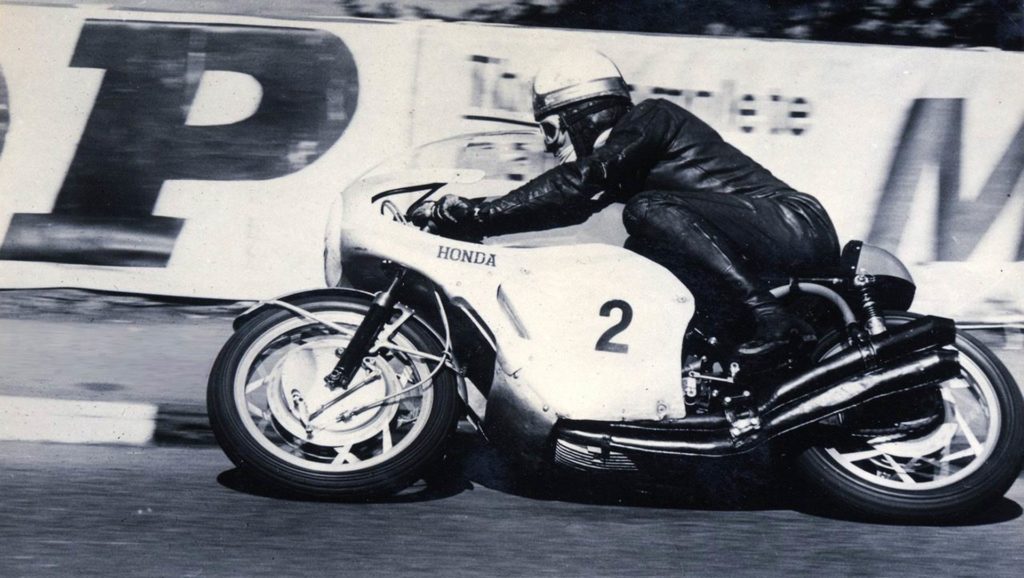
Hailwood caused a stir at 1967 German GP at Hockenheim when he turned out on the HRS for practice. There must have been some hot debate about this and Hailwood raced the official RC181. This was said to have had a revised frame. Keen-eyed observers noted it had extra bracing welded into it in an attempt to stiffen it.
The rumour mill at the time suggest Hailwood had received a cable from Soichiro Honda forbidding him from racing the HRS.
Redman’s retirement
How bad was the RC181?After winning the first two GPs in its début season (1966), Jim Redman crashed in the wet at Spa in Belgium, breaking his arm. Redman was Honda’s most successful grand prix rider of that era. He had battled to turn the original six-cylinder Honda 250 into a decent handling machine and succeeded. But perhaps the recalcitrant RC181 was just too much even for him, so he quit racing and returned to South Africa.
Prior to this he had experimented with different tyre sizes, even a skinny 3.00 x 18-inch rear Dunlop. Nothing worked.
“It seemed to have a mind of its own when you really tried to take it to the limit,” Hailwood once said. “People used to say that it would use all the road going through a corner, but to me it felt like it was using both sides at once and the curbs as well. I dreaded riding it, to be truthful, but I had a contract which said I had to. And the way I saw it, I had to make the best of it until they could improve it. They just never did.”
With Hailwood also a non-finisher at Spa, Giacomo Agostini gave the new three-cylinder 420cc MV Agusta the first of what would become many race wins.
Hailwood had to summon all his skill and bravery to race that RC181. At Brno he beat Agostini by a minute and 16 seconds, finished second to the Italian at Imatra (Finland) by 40 seconds, then won the Ulster and Isle of Man TT races from Ago. At the final 500GP of 1966, it was not the handling of the RC181 that stopped Hailwood. The Honda engine broke several exhaust valves.
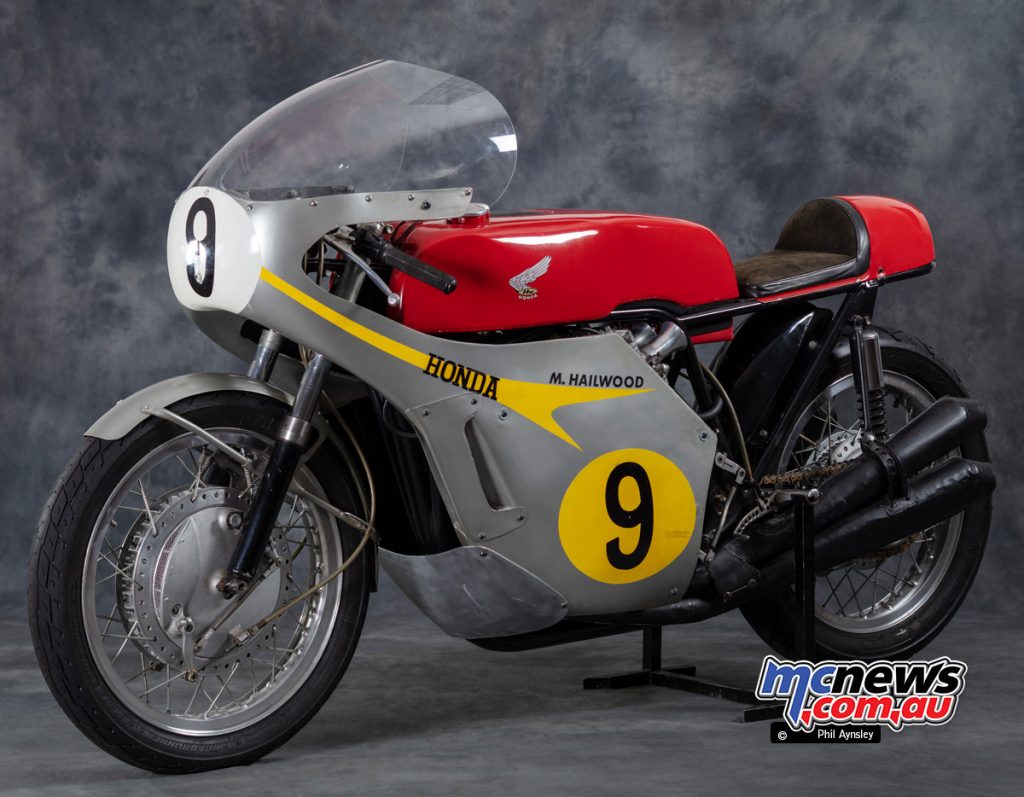
Agostini thus took the first of his seven World 500 Championships.
However, the five victories achieved by Redman and Hailwood on the RC181 gave Honda the Manufacturers’ Championship in the 500 class at its first attempt.
In his second year with Honda, Hailwood was distressed to find his strong requests for a better chassis for the RC181 had come to nought. That was why he commissioned the first HRS.
MV Agusta had increased the displacement of its three-cylinder machine to a full 500 whilst retaining and refining its great handling chassis. The MV was quite a lot lighter than the Honda. Hailwood estimated at least 30 kg lighter.
So, with one arm tied behind his back, Honda sent Hailwood back into battle for the 1967 World 500 Championship. Despite the Honda’s wayward handling (at the TT that year spectators jumped back from the road edges down Bray Hill when they saw how badly the Honda was wobbling) Hailwood won five of that year’s 500 GPs. Agostini won the other five. Back then riders could only count their best six results. That meant Agostini and Hailwood both had 46 points from five wins and a second. The tie-breaker came with Agostini having three second placings to Hailwood’s two.
Thus Agostini was crowned World 500 Champion for the second time.
A second attempt
Hailwood had sensed that Honda was winding down its motorcycle GP effort in favour of a bigger push in Formula 1 so he was not surprised when in February 1968, Honda announced it was withdrawing from all world championship motorcycle competition. Sweetening the news, Honda paid Hailwood a reputed £50,000 not to ride for another manufacturer and agreed to let him use his 1967 Hondas to contest non-championship races in 1968.
Hailwood had already approached Ken Sprayson again and this time Sprayson designed and built a frame over the winter that no longer used the engine as a structural member.
Mike raced this at early 1968 Italian events, finishing second to Giacomo Agostini in Rimini after sliding off in the wet while leading but remounting and setting the fastest lap trying to catch Ago. Hailwood won on the new HRS at Imola but at most other events he contested, he preferred the six-cylinder 297cc Honda RC174.
John Cooper was loaned the HRS for a race in Britain but found even that bike was a handful.
Years later Cooper said: “It was so bad to ride and yet Hailwood won on it. I do not know how”.
John Surtees, who knew a thing or two about setting up racing motorcycles, rode the 1967 RC181 and said in his view it needed better steering geometry, the swing-arm pivot position altered and better suspension. Basically he was saying the existing Honda frame with the engine as a stressed member of the chassis could have been modified to work much better.
Now let us reflect on Mike Hailwood. Not only was he racing the awful RC181 in 1966 and ’67, he also raced the six-cylinder RC166 in the World 250 Championship and the RC173 (350/4) and the RC174 (2997cc/6) in the World 350 Championship. He won both titles, both years.
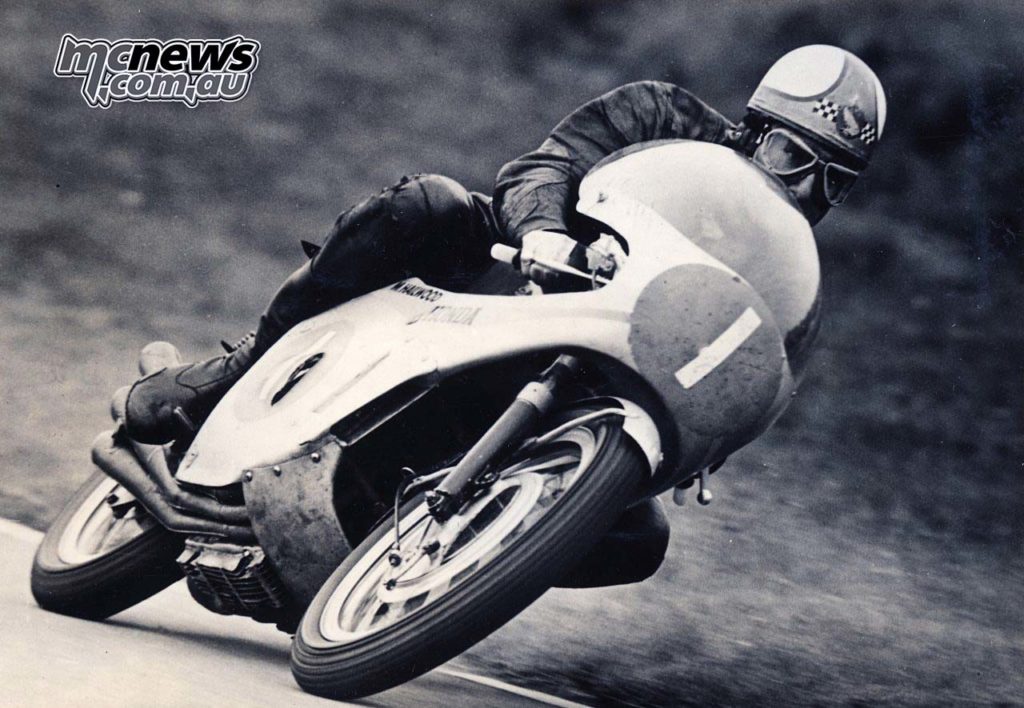
At Brno in 1966, Hailwood won the 250GP, the 350GP and the 500GP. In 1967, Hailwood repeated that ‘triple’ at the Isle of Man and Assen. Winning those -three races at Assen in 1967 meant Hailwood completed a total of 439 racing kilometres. In one day.
Finally, let us also not forget that in two seasons of racing the Honda RC181, it won ten races out of 19 entered (52 per cent). Hailwood won eight of those.
Stanley Michael Bailey Hailwood was truly a man among men.
In Marc Marquez, Honda found another brave rider willing to push a poorly set-up motorcycle to the limit. How much longer he is willing to do that is the big question.
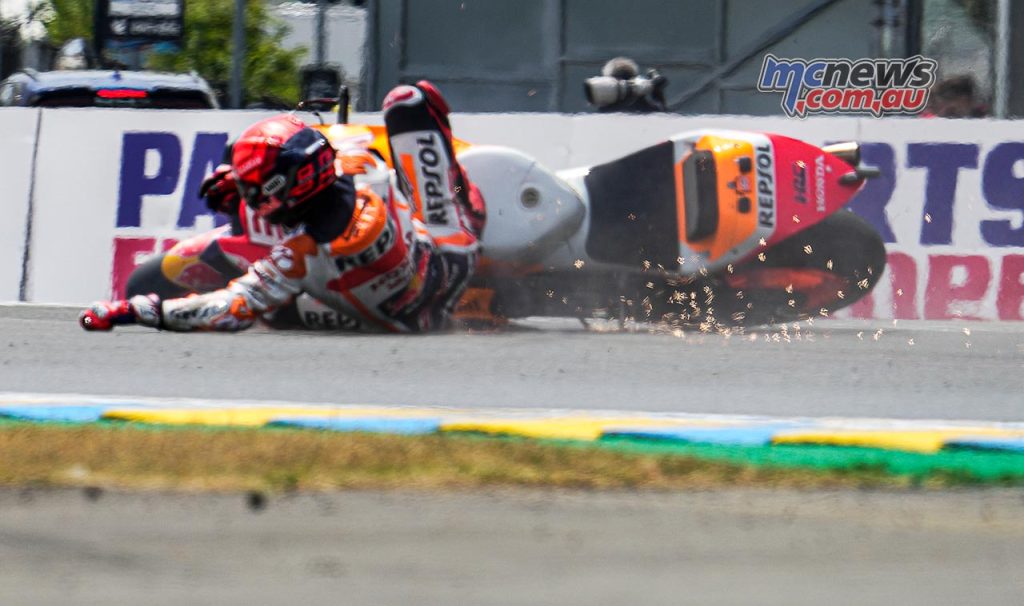
MotoGP Championship Points
| Pos | Rider | Nat | Bike | Points |
| 1 | Francesco Bagnaia | IT | Ducati | 87 |
| 2 | Marco Bezzecchi | IT | Ducati | 65 |
| 3 | Brad Binder | ZA | KTM | 62 |
| 4 | Jack Miller | AU | KTM | 49 |
| 5 | Maverick Viñales | ES | Aprilia | 48 |
| 6 | Luca Marini | IT | Ducati | 48 |
| 7 | Jorge Martin | ES | Ducati | 48 |
| 8 | Alex Rins | ES | Honda | 47 |
| 9 | Johann Zarco | FR | Ducati | 46 |
| 10 | Alex Marquez | ES | Ducati | 41 |
| 11 | Fabio Quartararo | FR | Yamaha | 40 |
| 12 | Franco Morbidelli | IT | Yamaha | 34 |
| 13 | Aleix Espargaro | ES | Aprilia | 29 |
| 14 | Miguel Oliveira | PT | Aprilia | 21 |
| 15 | Fabio Di Giannantonio | IT | Ducati | 17 |
| 16 | Augusto Fernandez | ES | KTM | 17 |
| 17 | Takaaki Nakagami | JP | Honda | 14 |
| 18 | Dani Pedrosa | ES | KTM | 13 |
| 19 | Marc Marquez | ES | Honda | 7 |
| 20 | Joan Mir | ES | Honda | 5 |
| 21 | Michele Pirro | IT | Ducati | 5 |
| 22 | Jonas Folger | DE | KTM | 4 |
| 23 | Raul Fernandez | ES | Aprilia | 3 |
| 24 | Stefan Bradl | DE | Honda | 2 |
| 25 | Iker Lecuona | ES | Honda | 0 |
2023 Le Mans MotoGP Weekend Schedule
Times in AEST
| Friday | ||
| Time | Class | Event |
| 1630 | MotoE | FP1 |
| 1700 | Moto3 | FP1 |
| 1750 | Moto2 | FP1 |
| 1845 | MotoGP | FP1 |
| 2035 | MotoE | FP2 |
| 2115 | Moto3 | FP2 |
| 2205 | Moto2 | FP2 |
| 2300 | MotoGP | FP2 |
| 0100 (Sat) | MotoE | Q1 |
| 0120 (Sat) | MotoE | Q2 |
| Saturday | ||
| Time | Class | Event |
| 1640 | Moto3 | FP3 |
| 1725 | Moto2 | FP3 |
| 1810 | MotoGP | Practice |
| 1850 | MotoGP | Q1 |
| 1950 | MotoGP | Q2 |
| 2010 | MotoE | R1 |
| 2050 | Moto3 | Q1 |
| 2115 | Moto3 | Q2 |
| 2145 | Moto2 | Q1 |
| 2210 | Moto2 | Q2 |
| 2300 | MotoGP | Sprint |
| 0010 (Sun) | MotoE | R2 |
| Sunday | ||
| Time | Class | Event |
| 1745 | MotoGP | WUP |
| 1900 | Moto3 | Race |
| 2015 | Moto2 | Race |
| 2200 | MotoGP | Race |
2023 MotoGP Calendar
| Rnd | Date | Location |
| 5 | May-14 | France, Le Mans |
| 6 | Jun-11 | Italy, Mugello |
| 7 | Jun-18 | Germany, Sachsenring |
| 8 | Jun-25 | Netherlands, Assen |
| 9 | Jul-09 | Kazakhstan, Sokol (Subject to homologation) |
| 10 | Aug-06 | Great Britain, Silverstone |
| 11 | Aug-20 | Austria, Red Bull Ring |
| 12 | Sep-03 | Catalunya, Catalunya |
| 13 | Sep-10 | San Marino, Misano |
| 14 | Sep-24 | India, Buddh (Subject to homologation) |
| 15 | Oct-01 | Japan, Motegi |
| 16 | Oct-15 | Indonesia, Mandalika |
| 17 | Oct-22 | Australia, Phillip Island |
| 18 | Oct-29 | Thailand, Chang |
| 19 | Nov-12 | Malaysia, Sepang |
| 20 | Nov-19 | Qatar, Lusail |
| 21 | Nov-26 | Valenciana, Valencia |























